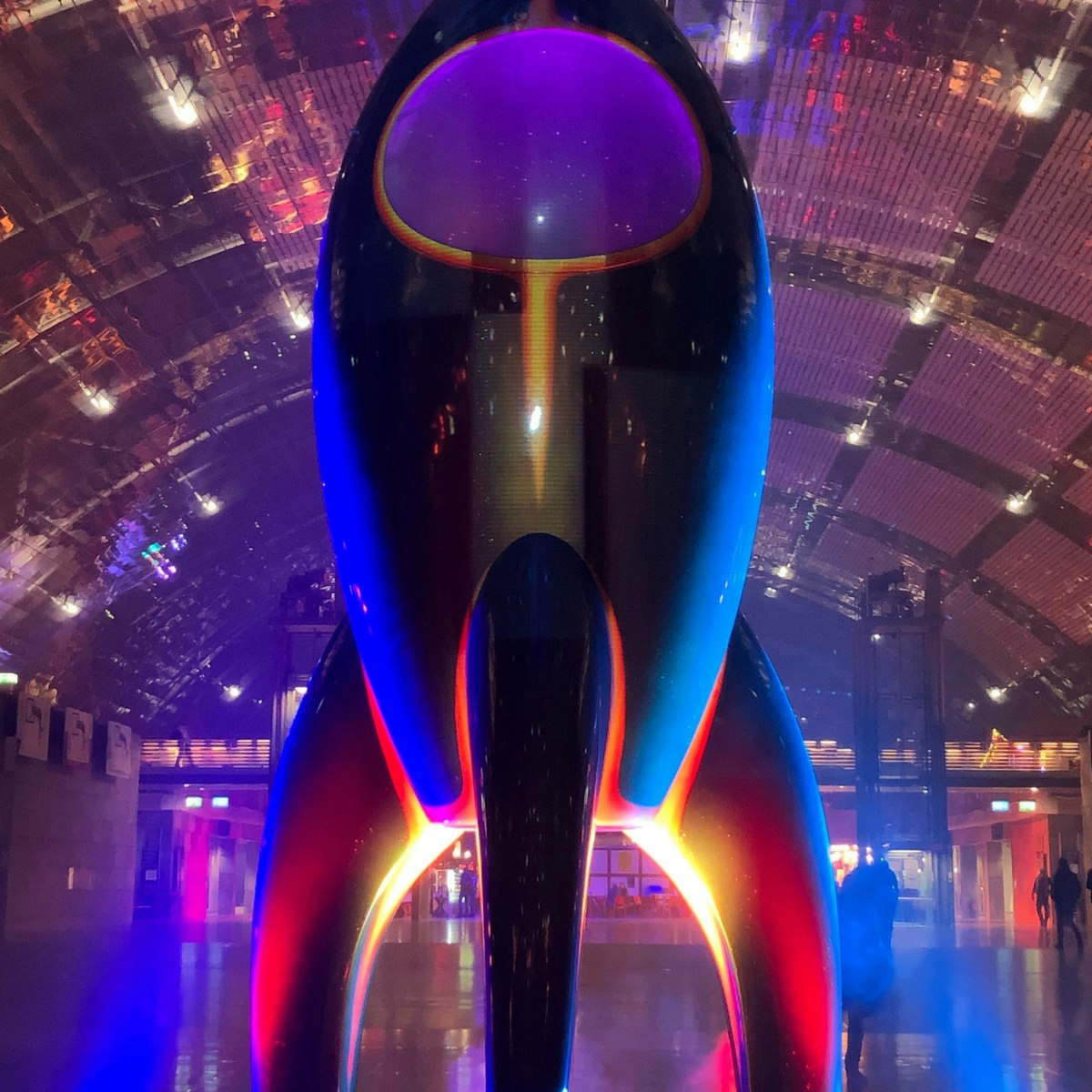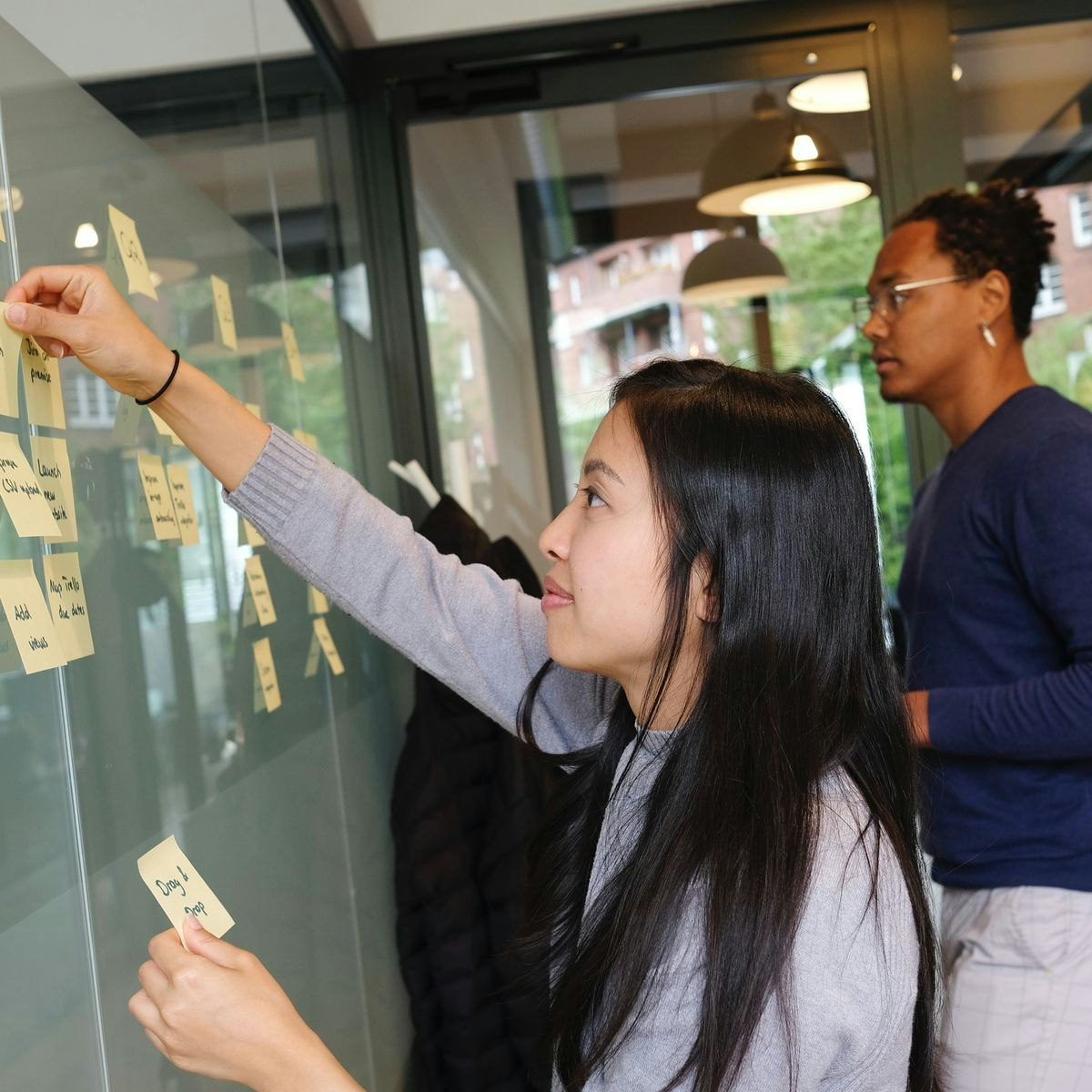Back to Courses









Physical Science And Engineering Courses - Page 25
Showing results 241-250 of 522

Interfacing with the Raspberry Pi
The Raspberry Pi uses a variety of input/output devices based on protocols such as HDMI, USB, and Ethernet to communicate with the outside world. In this class you will learn how to use these protocols with other external devices (sensors, motors, GPS, orientation, LCD screens etc.) to get your IoT device to interact with the real world. Most physical devices use analog signals; however computer hardware is digital so in this class you will learn how these signals are converted back-and-forth and how this must be considered as you program your device. The basic design of a sensor-actuator system will also be covered. You will also learn how to build more sophisticated hardware systems using Raspberry Pi expansion boards to create fun and exciting IoT devices. Please note that this course does not include discussion forums.

New Space: Access to space - Basics
The spirit of NewSpace is revolutionizing our vision of access to space. Reading keys will enable you to understand the technological and strategic challenges in games with new rules, fixed by ambitious players. Combine the new technologies and management of space access with the classical paradigm of the existing space context.
It is difficult to give a definition of the New Space, but we can say that there are several aspects that characterize the New Space and access to space in the New Space: innovation, private actors, reducing the price of access to space, space for all, awareness of societal challenges.
In this course, you will first acquire basic knowledge to understand how to access space. This will concern mission analysis, launchers, and rocket engines design. This introductory information will help you to understand what characterizes space access in the New Space in relation to three main aspects:
1. Methodologies of design, development, and production of launchers and rockets
2. Innovative technologies
3. Sustainable space with the future development of green launchers, towards a green space

Differential Equations Part II Series Solutions
This introductory courses on (Ordinary) Differential Equations are mainly for the people, who need differential equations mostly for the practical use in their own fields. So we try to provide basic terminologies, concepts, and methods of solving various types of differential equations as well as a rudimentary but indispensable knowledge of the underlying theory and some related applications.
The prerequisites of the courses is one- or two- semester calculus course and some exposure to the elementary theory of matrices like determinants, Cramer’s Rule for solving linear systems of equations, eigenvalues and eigenvectors.

Ethics, Technology and Engineering
There is an increasing attention to ethics in engineering practice. Engineers are supposed not only to carry out their work competently and skilfully, but also to be aware of the broader ethical and social implications of engineering and to be able to reflect on these. According to the Engineering Criteria 2000 of the Accreditation Board for Engineering and Technology (ABET) in the US, engineers must have “an understanding of professional and ethical responsibility” and should "understand the impact of engineering solutions in a global and societal context.”
This course provides an introduction to ethics in engineering and technology. It helps engineers and students in engineering to acquire the competences mentioned in the ABET criteria or comparable criteria formulated in other countries. More specifically, this course helps engineers to acquire the following moral competencies:
- Moral sensibility: the ability to recognize social and ethical issues in engineering;
- Moral analysis skills: the ability to analyse moral problems in terms of facts, values, stakeholders and their interests;
- Moral creativity: the ability to think out different options for action in the light of (conflicting) moral values and the relevant facts;
- Moral judgement skills: the ability to give a moral judgement on the basis of different ethical theories or frameworks including professional ethics and common sense morality;
- Moral decision-making skills: the ability to reflect on different ethical theories and frameworks and to make a decision based on that reflection.
With respect to these competencies, our focus is on the concrete moral problems that engineers encounter in their professional practice. With the help of concrete cases is shown how the decision to develop a technology, as well as the process of design and production, is inherently moral. The attention of the learners is drawn towards the specific moral choices that engineers face. In relation to these concrete choices learners will encounter different reasons for and against certain actions, and they will discover that these reasons can be discussed. In this way, learners become aware of the moral dimensions of technology and acquire the argumentative capacities that are needed in moral debates with stakeholders (e.g. governments, users, and commercial business departments).

The Diversity of Exoplanets
In this MOOC, you will have the opportunity to practice several methods of detection and characterisation of exoplanets.
You will discover their statistical properties and the current state of knowledge we have in this very recent field of research. You will also understand the limitations and biases of the different detection techniques.
At the end of this MOOC, you will have a good general understanding of the methods of detection and characterisation of exoplanets and their atmosphere. You will also have a basic understanding of spectroscopy and light curve analysis.
All this knowledge will help you to participate in and understand citizen science projects.
The original version of the MOOC dates from 2014 and some of the content has been updated in 2020 to take into account the progress of research in the field.

Density Functional Theory
The aim of this course is to give a thorough introduction to Density Functional Theory (DFT). DFT is today the most widely used method to study interacting electrons, and its applicability ranges from atoms to solid systems, from nuclei to quantum fluids.
In this course, we introduce the most important concepts underlying DFT, its foundation, and basic ideas. We will in particular stress the features and reasons that lead DFT to become the dominant method for simulating quantum mechanical systems.
The course is intended for students and researchers with knowledge of basic quantum mechanics. No experience in simulation or solid-state physics is required. We try to give a concise mathematical background when particular concepts are needed.

Global Environmental Management
Learn about the best environmental technologies for a sustainable development and how they are managed in various settings around the world. This course gives you an opportunity to learn about global trends that influence our environment and the living conditions and how different management systems and approaches that are used around the world to manage the environment. This includes current environmental technologies built for the environment and technologies for sustainable soil management, groundwater protection methods and integrated Water resources management.

Planning with Climate Change in Mind
This course focuses on the climate impacts occurring and expected to occur across the United States. Our approach will be regional and sectoral, with consideration of impacts on water resources, transportation, energy, agriculture, forests, health, and coastal/marine resources. We will also look at how you can apply information about climate risks to motivate climate action in your household, in your community, or in your workplace.

Designing Autonomous AI
When children learn how to hit a baseball, they don’t start with fastballs. Their coaches begin with the basics: how to grip the handle of the bat, where to put their feet and how to keep their eyes on the ball. Similarly, an autonomous AI system needs a subject matter expert (SME) to break a complex process or problem into easier tasks that give the AI important clues about how to find a solution faster.
In this course, you’ll learn how to distill a business challenge into its component parts by creating an autonomous AI design plan. Using lessons, goal setting, skills, strategies and rewards, you’ll incorporate your SME’s knowledge directly into your AI’s “brain,” the agent that powers your autonomous system. You'll learn when and how to combine various AI architecture design patterns, as well as how to design an advanced AI at the architectural level without worrying about the implementation of neural networks or machine learning algorithms.
At the end of this course, you’ll be able to:
• Interview SMEs to extract their unique knowledge about a system or process
• Combine reinforcement learning with expert rules, optimization and mathematical calculations in an AI brain
• Design an autonomous AI brain from modular components to guide the learning process for a particular task
•. Validate your brain design against existing expertise and techniques for solving problems
• Produce a detailed specifications document so that someone else can build your AI brain
This course is part of a specialization called Autonomous AI for Industry, which will launch in fall 2022.

Designing Effective Science Communication
Although many would prefer to leave science in the past and no longer engage with it once completing compulsory science classes in school, the reality is that engaging with science is an integral part of our daily lives. Moreover, for the safety and wellness of human society, it is necessary to engage with scientific information. We are faced with the necessity of examining scientific evidence on topics ranging from conservation to public health and make decisions that impact not only our families but those around us. However, in spite of decades of science education reform and dedicated efforts to improving science literacy, many members of the general public lack the confidence, skills, or interest in engaging with scientific issues, instead choosing to align their scientific decisions with non-scientific stakeholders, such as political or pop culture figures. These problems are ongoing and destructive. How do we communicate science more effectively with the general public? With other scientists?
This course is designed for scientists, science educators, and science communicators who are interested in re-thinking how we communicate science to diverse audiences, particularly to the general public. Topics include evidence-based considerations of human learning as well as effective communication through a variety of modalities, including oral presentations, written forms of communication, technology, and artistic media. The objective of this course is to equip learners with the skills needed to design and implement effective methods of science communication. Learners will be able to identify key principles of human learning that undergird science communication, describe pitfalls in “popular” avenues for science outreach, and apply best practices to science communication in a variety of media.
Popular Internships and Jobs by Categories
Find Jobs & Internships
Browse
© 2024 BoostGrad | All rights reserved